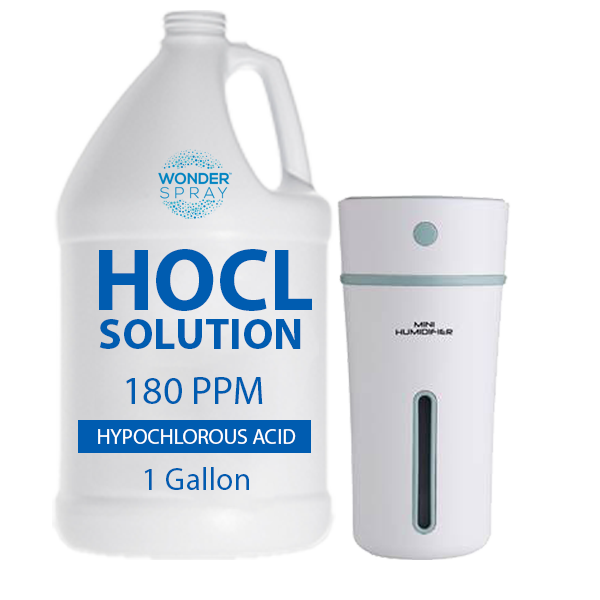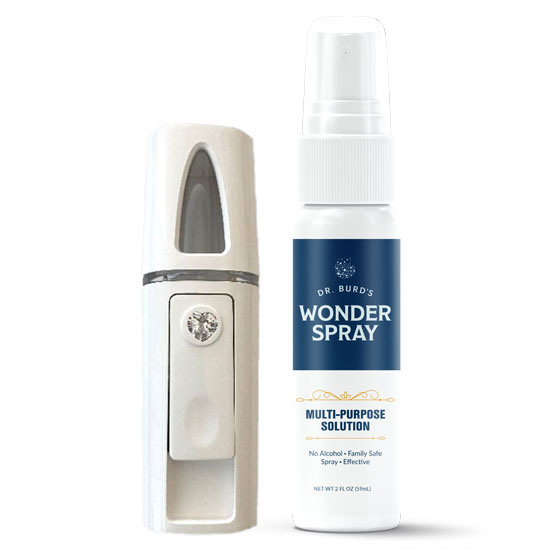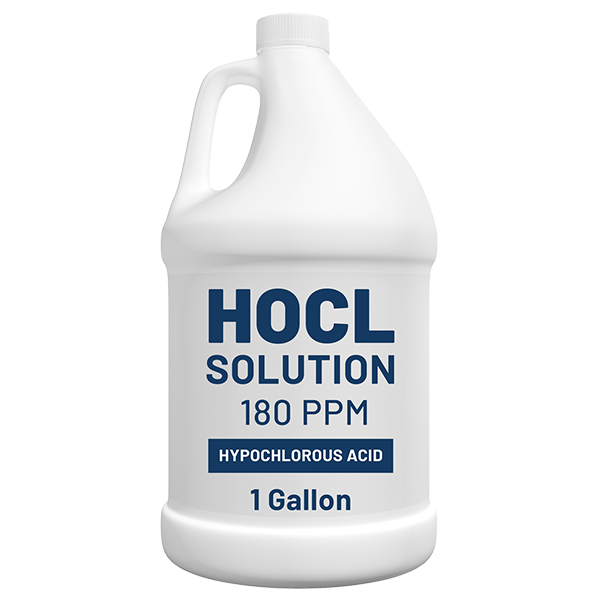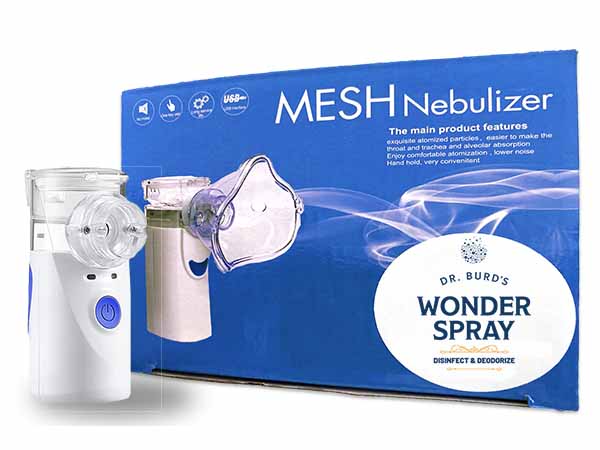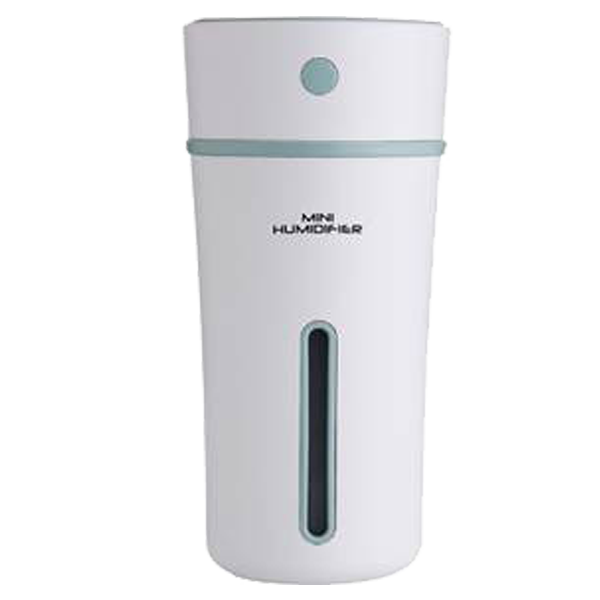For most people, the first time they look down at their midsection and see a hernia bulging through, it can be an odd sight – and more than just a little unsettling. It can also be confusing for those people for whom the hernia intermittently continues to pop in and pop out of sight, making the person second guess whether it’s even really there at all.
After discovery, the first stage in the healing process is diagnosis by a doctor and then, for most, surgery. Hernia surgery has become a fairly routine procedure, and thousands of them are performed by surgeons around the world each year.
A hernia is essentially comprised of a tear in the muscle that makes up the wall of the abdomen or groin area. This tear allows part of the intestines underneath to poke through this tear in the muscle, appearing on the outside of the body as a bulge in the skin. A hernia can be painful, but just as often it is not painful at all. This leads some people to put off diagnosis and/or surgery. But, it is most wise to undergo surgery at your earliest convenience.
Surgery involves the surgeon creating a usually small incision near the area where the hernia has occurred. The surgeon then proceeds to insert some plastic mesh into the affected area, which serves to reinforce the weakened muscle area.
The prognosis for hernia surgery is almost always very good. There is little risk of complications such as infection, and success rates are very high. However, about 10% of hernia surgeries involve some sort of complication. It is important to know how to take the right steps after surgery in order to ensure a positive outcome.
If you have gone through hernia surgery recently or are scheduled to do so in the near future, there are a few things you should know in order to increase your chances of a smooth, worry-free recovery.
After a Hernia Surgery: 5 Things to Do
1. Avoid heavy lifting: For the first 6-8 weeks after surgery, be sure to avoid any heavy lifting or stretching movements that involve your placing your hands above your head. These types of activities can put a strain on the now-recovering incision and artificial mesh, in some cases causing the area to re-open or to not heal properly.
2. Do not avoid movement altogether, however: Some surgery patients take the “avoid heavy lifting” advice too far, however, choosing to stay in bed for days or weeks after surgery with very little movement. This is in fact a big no-no. In fact, light bodily movement on a regular basis is necessary as it helps the muscles around the repaired hernia build strength.
3. Keep an eye on weeping wounds: Your wound may leak or “weep” for a couple of days after surgery. However, this should soon end. If your wound continues to weep for more than 3-4 days, contact your doctor. You could have sustained an infection.
4. Eat high-protein foods: Your abdominal or groin muscles are in need of repair and healing. The speediest route to healing is to eat plenty of proteins such as those found in legumes, nuts, meats, and dairy products.
5. Watch for a recurrence: Some hernia patients see a recurrence of their hernia in a new place on the body. An even smaller percentage may see a recurrence at the actual site of their surgery. In either case, it is very important to immediately contact your doctor if you see a new bulge.
After hernia surgery, the steps you take will be important in ensuring a speedy recovery. Do these 5 things to improve your chances of a full, healthy recovery.
